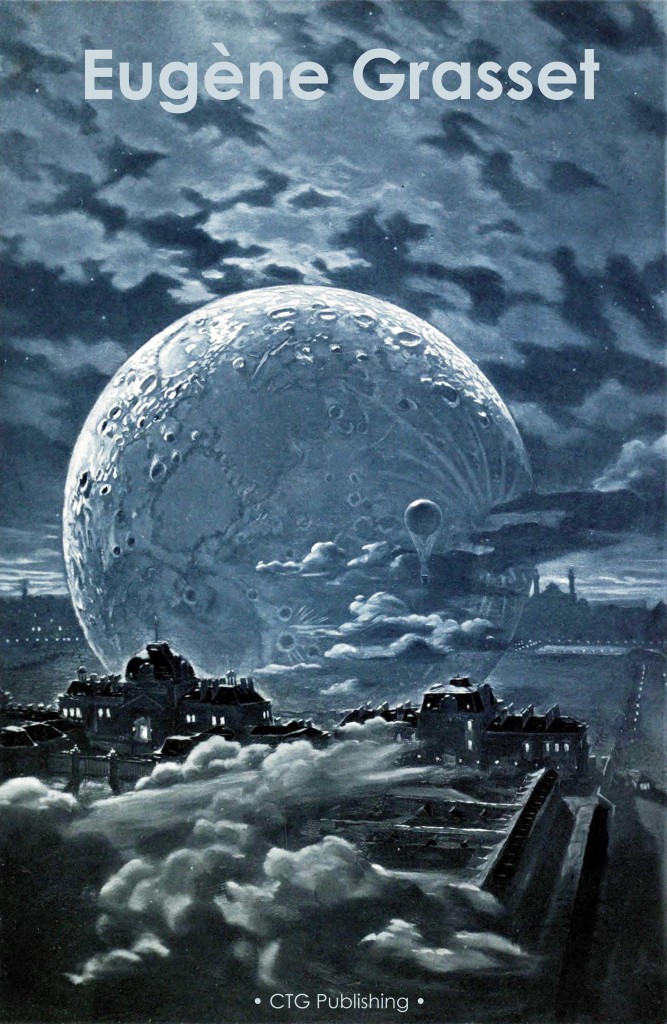Krakatoa Blast and Eugene Grasset’s La lune sur le Champ-de-Mars
Walking home from a night out, I looked up and saw the moon. My neighbor, Elisa, informed me that it was a blue moon. It did not look blue.
What I found out is copied below but also makes me wonder if the volcanic eruption of 1883 inspired Eugene Grasset’s Moon Over the Champ de Mars or La lune sur le Champ-de-Mars. The printed date of Eugene’s Grasset work is 1886 and is included below.
‘There was a time, not long ago, when people saw blue moons almost every night. Full moons, half moons, crescent moons–they were all blue, except some nights when they were green.
The time was 1883, the year an Indonesian volcano named Krakatoa exploded. Scientists liken the blast to a 100-megaton nuclear bomb. Fully 600 km away, people heard the noise as loud as a cannon shot. Plumes of ash rose to the very top of Earth’s atmosphere. And the moon turned blue.
Krakatoa’s ash is the reason. Some of the ash-clouds were filled with particles about 1 micron (one millionth of a meter) wide–the right size to strongly scatter red light, while allowing other colors to pass. White moonbeams shining through the clouds emerged blue, and sometimes green.
Blue moons persisted for years after the eruption. People also saw lavender suns and, for the first time, noctilucent clouds. The ash caused “such vivid red sunsets that fire engines were called out in New York, Poughkeepsie, and New Haven to quench the apparent conflagration,” according to volcanologist Scott Rowland at the University of Hawaii.’

|
Quote Source: http://science.nasa.gov/science-news/science-at-nasa/2004/07jul_bluemoon/
